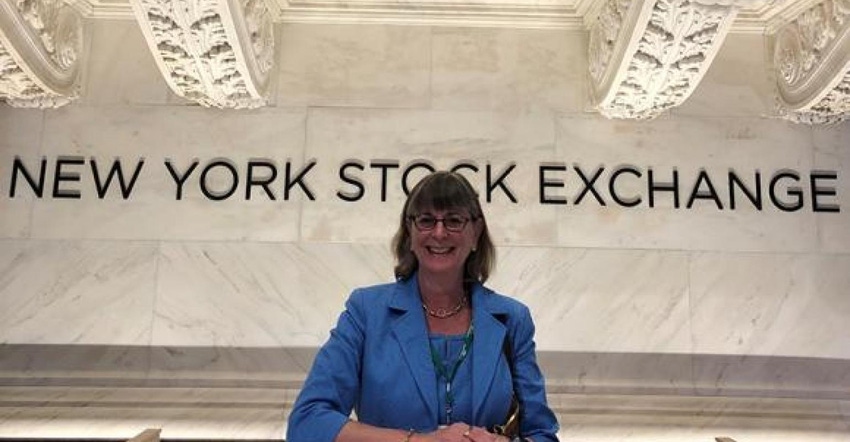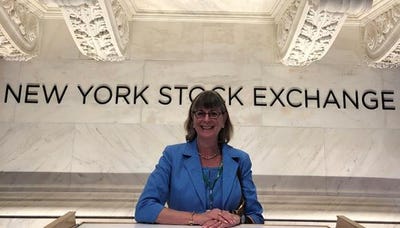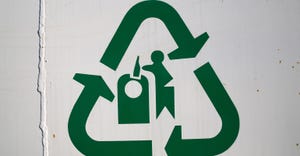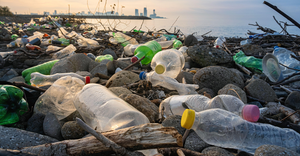
In the latter half of February, the publicly-traded solid waste companies will report their fourth quarter 2020 earnings and unveil their 2021 outlooks. In this edition of Business Report, we preview the reports and lay out our best “guesstimates” of what the companies may project.
Pricing Outlooks Expected to be Solid, While Volume Projections Remain a Wildcard
The solid waste company management teams are likely to forecast continued robust pricing, calling for stable to possibly modestly improved pricing from 2020 levels. Underpinning this outlook is the fact that pricing discipline held throughout the worst of the pandemic, albeit with some short-term price consideration for struggling small commercial businesses, most notably called out by Waste Management (WM). Additionally, the companies remain focused on landfill pricing, driven by both rising costs and looming landfill capacity constraints in certain regions, notably the Northeast. As a result, Republic Services (RSG) is likely to project yield in the range of 2.5%-3%, versus 2.6% reported in the third quarter of 2020, while Waste Connections (WCN) has already spoken to 4% core pricing. Given its Northeast footprint, Casella Waste (CWST) is likely to forecast another strong pricing outlook of 4+%, and GFL Environmental (GFL) is now more focused on improving price throughout its recently dramatically expanded footprint, versus a previous emphasis on volume and market growth.
Volume growth is much more difficult to gauge at this point, though just mathematically, it is expected to turn positive in the second quarter. Although the companies, as of the third quarter, had recovered anywhere between 65%-80% of pre-pandemic commercial business, there remain swathes of commercial businesses (i.e. schools, entertainment venues) that remain remote or shut, particularly in certain, more restrictive regions. Thus, to the extent that the vaccine rollout is successful by the second half of 2021 (still obviously an unknown), the solid waste industry may be underappreciated as a “reopening play”, which could potentially drive above trendline volume growth. Currently, most industry analysts are forecasting underlying volume growth of 1%-2% for most of the companies, though more as a default position seemingly, given the degree of uncertainty at present as to the timing and extent of the recovery possible in 2021.
Margins Are Expected to Expand Across the Board
All the companies learned that they could service their customers and operate with a lower cost structure during the course of the pandemic, and as a result, margin levels and performance were the major financial upside surprise during 2020. Although some expenses, such as healthcare and travel and entertainment, are expected to again rise with more “normalcy”, a number of lessons learned with regard to technology, efficiency and productivity initiatives are expected to be longer lasting, potentially causing a permanent structural upward shift in margins. In general, management teams are likely to forecast between 20 to 50 basis points of margin improvement in the underlying solid waste operations, with WCN already talking about this range in recent investor meetings, and RSG once again targeting an EBITDA margin of 30%, though not necessarily in full year 2021.
Commodity Related Pieces of the Business Look Set to be a Tailwind
In looking at recycled commodity pricing, we generally focus on old corrugated cardboard (OCC) to measure directionally the upside or downside potential to earnings from recycled commodity prices, as it is still the most dominant commodity in the recycled stream, despite the proliferation of recycled plastic. Based on monthly RISI data, and using January 2021 OCC pricing as the baseline for 2021, which is typically how the companies themselves forecast, average 2021 OCC pricing would be up around 25% from the 2020 per ton average, though the quarterly performance looks to be lumpy given the 2020 Spring spike followed by moderation in the third quarter. Importantly, there is increased confidence in the current price of OCC holding, or at least remaining elevated from the depressed levels of 2019.
There was quite a bit of consternation as China was expected to end all imports of OCC in 2021, which was thought likely to put pressure on OCC pricing. While China does seem to be moving forward with this, domestic demand for OCC, and just as positively, for mixed paper remains strong, given the domestic mill capacity that has come on line that utilizes OCC and mixed paper as feedstock. And, more capacity is still expected to come on in the future.
The Northeast Recycling Council’s (NERC) recent report lists 28 expansions or additions between 2018 and 2023, of which at least nine have already been completed. Despite our focus on OCC, it should also be noted that (somewhat surprisingly given the low pricing levels for virgin plastic) natural HDPE pricing is also up year over year and seemingly holding, while PET pricing is expected to get a boost from consumer brand companies’ commitments to using more recycled plastic content. Given management teams’ drive to convert the recycling business to a fee-for-service versus commodity-based model, less of the recycled commodity price increase will fall to the bottom line than in the past, but it will remain a positive nevertheless. Renewable natural gas (RIN) pricing, which emerged in 2019 as a more volatile element of company earnings, is also looking like a strong tailwind at current levels. RIN pricing got a boost from the Biden election win, and if current levels hold (approaching $2.50), it will be up substantially from the 2020 average of less than $1.50. WCN’s results, and secondly WM’s, are most leveraged to this.
Free Cash Flow Expected to Improve
The free cash flow outlook for the industry faces a few headwinds, notably from the repayment of the CARES Act payroll tax deferment in 2020 and what’s expected to be a more normalized capital spend. That said, free cash flow conversion ratios are expected to be strong, and free cash flow among the companies is variously forecast to be up from high single-digit to mid double-digit percentages.
M&A Activity Forecast to have Another Robust Year
Despite lingering concerns about the potential for an increase in the capital gains and/or corporate tax rate under a Biden administration, companies are likely to predict continued strong M&A activity and robust acquisition pipelines. This is perhaps best typified by CWST, which raised roughly $150 million in an October 2020 equity offering, expressly for the purpose of increasing its acquisition pace and scope. CWST will face greater competition for acquisition targets in its Northeast region, however, as Wheelabrator Technologies has become more aggressive and is now among the area’s more active acquirors.
Although GFL is digesting two large acquisitions, it has also noted that it still has a large appetite for tuck-in acquisitions, targeting 25-30 small tuck-ins per year. RSG has also talked about another above-average year of M&A activity. The potential for increased regulation under a Biden administration, as well as greater deployment of technology across the industry, will likely also remain ongoing drivers of consolidation within the industry.
Potential Regulatory Actions Receive More Focus and Attention
For years, the solid waste industry has been relatively unimpacted by regulatory and legislative change. That may be about to change. Although the Biden administration has been relatively mum about recycling, which had been a Trump administration EPA focus, there is no doubt that climate change is VERY much in focus currently. Landfills, as they generate methane, may be impacted — most immediately by one of the Biden executive orders, which put the EPA’s landfill emission rule back on the front burner after years of delay.
Another regulatory focus is likely to be PFAS — which may end up being designated as a hazardous waste substance — which would then likely increase the cost to handle leachate, which often contains PFAS. That said, landfills are likely to be part of any remedial solution, given the lack of proven destruction technologies for PFAS, and what appears to be, based on early studies, a high degree of ability for landfills to sequester PFAS.
About the Author(s)
You May Also Like




